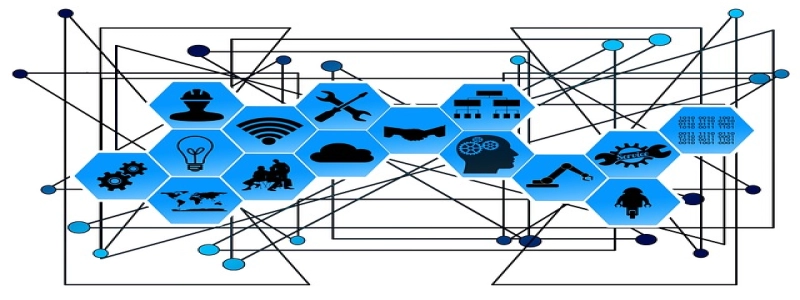Single Mode Fiber to Ethernet
Introduction:
In the modern era of advanced technology, the need for high-speed and reliable internet connectivity has become crucial. To meet this demand, various technologies have been developed, one of which is single mode fiber to Ethernet. In this article, we will explore what single mode fiber to Ethernet is, how it works, and its advantages.
1. What is Single Mode Fiber?
Single mode fiber is a type of optical fiber that allows only a single mode of light to propagate. It has a small core size, typically around 9 microns, which enables it to transmit data over long distances without any loss or signal degradation. The use of single mode fiber ensures low latency, high bandwidth, and immunity to electromagnetic interference, making it an ideal choice for long-haul data transmission.
2. What is Ethernet?
Ethernet is a popular networking technology used for local area networks (LANs). It allows multiple devices to connect and communicate with each other within a limited geographical area. Ethernet uses a set of protocols and standards to transmit data packets between devices at high speeds. It has evolved over the years, with modern Ethernet standards offering speeds of up to 100 gigabits per second (Gb/s).
3. Understanding Single Mode Fiber to Ethernet:
Single mode fiber to Ethernet refers to the process of converting the optical signals carried by the single mode fiber into electrical signals compatible with Ethernet technology. This conversion allows seamless integration of single mode fiber with Ethernet networks, empowering organizations to leverage the benefits of high-speed, long-distance data transmission.
4. How does Single Mode Fiber to Ethernet Work?
The conversion of optical signals to electrical signals in single mode fiber to Ethernet is achieved through the use of media converters. Media converters act as intermediaries between the single mode fiber and the Ethernet network. They receive the optical signals from the fiber and convert them into electrical signals compliant with Ethernet standards. These signals can then be transmitted through standard Ethernet cables and interconnected with Ethernet switches, routers, and other devices.
5. Advantages of Single Mode Fiber to Ethernet:
a) High Speed: Single mode fiber to Ethernet allows for incredibly high data transfer rates, enabling real-time communication, fast internet browsing, and smooth video streaming.
b) Long-range: Single mode fiber can transmit data over much greater distances compared to traditional copper cables, making it suitable for connecting geographically dispersed locations.
c) Security: Single mode fiber is difficult to tap into or intercept, providing a high level of data security and protecting against potential cyber threats.
d) Future-proof: Single mode fiber to Ethernet is a future-proof solution that can handle increasing bandwidth demands and technology advancements without needing a complete overhaul of the infrastructure.
Conclusion:
Single mode fiber to Ethernet offers a powerful solution for organizations seeking fast, reliable, and secure data transmission over long distances. By harnessing the benefits of single mode fiber and Ethernet technology, organizations can enhance their network infrastructure and stay ahead in the digital era. Whether it’s connecting remote offices, data centers, or providing high-speed internet access, single mode fiber to Ethernet is a key enabler.







